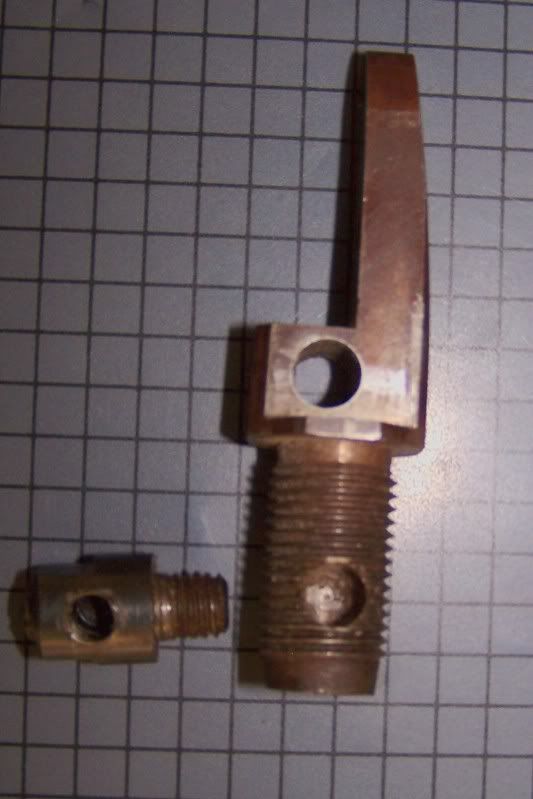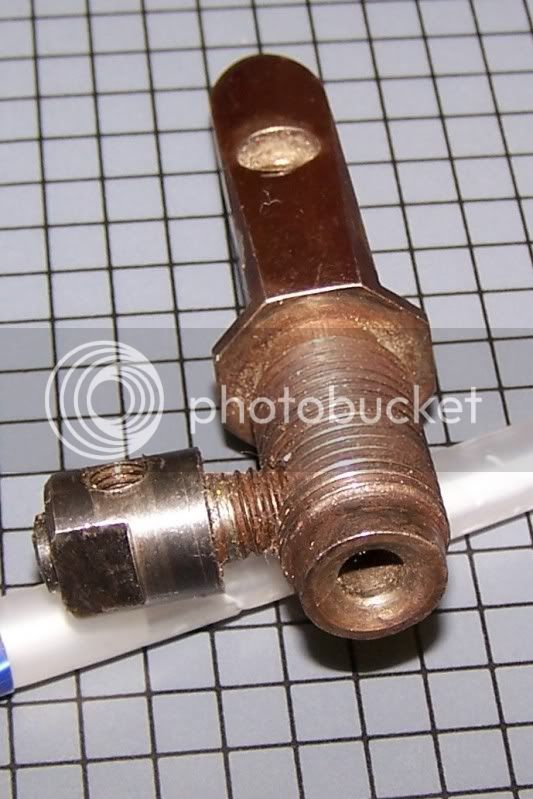ballandcap
36 Cal.
- Joined
- Mar 16, 2008
- Messages
- 92
- Reaction score
- 0
I have a Cabelas Blue Ridge rifle in a .36 cal and have read people drill out the patent breech from 5/16"-3/8" and aids in quickness and reliability. Well all of the posts were 3/8" except 1 guy said 5/16". I know that little breech gets some serious fouling in there pretty quick too! My scraper or brush doesn't come close to fitting down there.
Does anybody have any pics of the work they've done during their process, or a tutorial? I am fairly handy if needed but have never done anything like this. Is it as simple as putting the barell in a padded vice and unscrewing the breech plug and tang? Then drilling through and then polishing the inside of the breech maybe?
The gun was bought in 09 from Cabelas, not sure if any design has changed? Looking in with T.H. liner removed it all looks to be part of the barell, but maybe once the breech plug unscrews the back will be open and hollow?
Any other improvements for this gun? I have read drill out the T.H. to 1/16, but it is coned both sides and looks to be abot that already? Have read the liner is too long and may impede powder into chamber causing missfires? Also have read to file/grind down the frizzen spring, then polish?
Guess we could all share tips on this thread for the Blue Ridge owners and may answer a lot of questions in the future. I've searched for hours and read all the Blue Ridge posts I could find.
Was just out at the range and had about 6 or 7 missfires, brand new knapped english flint. The pan always went off and the gun fired after repriming except for once and had to light a third pan. I know the ball was seated tight and verified after the missfire my poking and feeling powder to make sure I didn't dry ball. I cleaned every 5 shots and scraped the breech the best I could with a pick, then dumped out the barrel, then proceeded to run patches down until clean. Also it was a little slow and not as quick as it should or could be, compared to Renegade, or custom flinter. The accuracy sure didn't seem there either. I was on a bench, at the range, very calm day, wasn't flinching (I know because of all the missfires and didn't budge a bit, very happy about that)and had a great 3 second follow though.... even on the missfires.
Any other tips or improvements for the B.R. lets have them :bow:
Does anybody have any pics of the work they've done during their process, or a tutorial? I am fairly handy if needed but have never done anything like this. Is it as simple as putting the barell in a padded vice and unscrewing the breech plug and tang? Then drilling through and then polishing the inside of the breech maybe?
The gun was bought in 09 from Cabelas, not sure if any design has changed? Looking in with T.H. liner removed it all looks to be part of the barell, but maybe once the breech plug unscrews the back will be open and hollow?
Any other improvements for this gun? I have read drill out the T.H. to 1/16, but it is coned both sides and looks to be abot that already? Have read the liner is too long and may impede powder into chamber causing missfires? Also have read to file/grind down the frizzen spring, then polish?
Guess we could all share tips on this thread for the Blue Ridge owners and may answer a lot of questions in the future. I've searched for hours and read all the Blue Ridge posts I could find.
Was just out at the range and had about 6 or 7 missfires, brand new knapped english flint. The pan always went off and the gun fired after repriming except for once and had to light a third pan. I know the ball was seated tight and verified after the missfire my poking and feeling powder to make sure I didn't dry ball. I cleaned every 5 shots and scraped the breech the best I could with a pick, then dumped out the barrel, then proceeded to run patches down until clean. Also it was a little slow and not as quick as it should or could be, compared to Renegade, or custom flinter. The accuracy sure didn't seem there either. I was on a bench, at the range, very calm day, wasn't flinching (I know because of all the missfires and didn't budge a bit, very happy about that)and had a great 3 second follow though.... even on the missfires.
Any other tips or improvements for the B.R. lets have them :bow:












